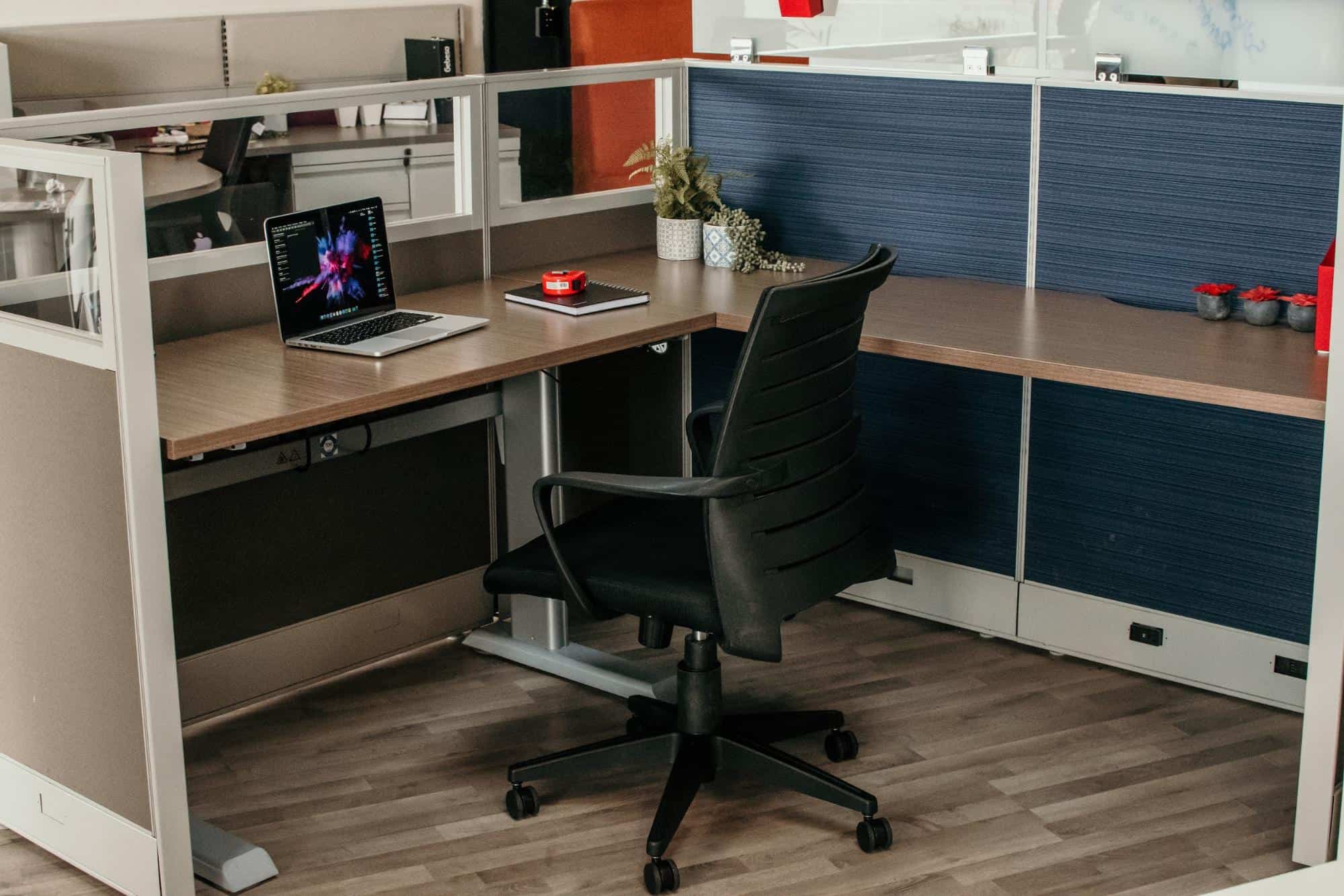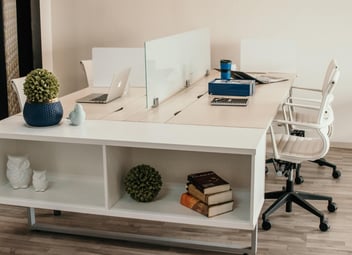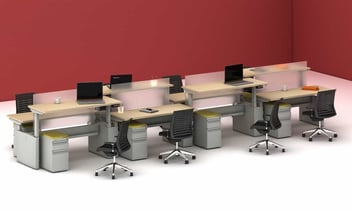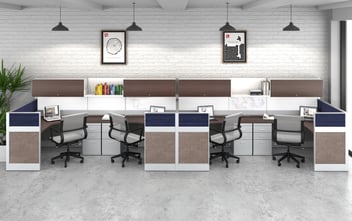How to improve office safety by organizing space and furniture
Some quick arrangements to your office layout and divisions can help improve office safety by a great deal.
Improving office safety can prevent loss in the long and short term, which will always be very useful, both to protect better the health of the staff, as well as the interests of the company; here we bring you a quick guide with a series of crucial tips that can make a significant difference in your company.
Year after year, companies worldwide have considerable unnecessary expenses resulting from damage and injuries to their visitors or even their staff. However, by maintaining a series of primary and straightforward preventative measures, it is possible to avoid significant consequences, potentially a lethal worst-case scenario.
Ergonomics are important
One of the most common damages in an office environment is ergonomic injuries, which often go unnoticed. They usually generate a gradual deterioration but can produce severe injuries, which are irreversible in many cases and could lead to a worker’s permanent disability.
For this reason, it is essential to ensure that seats and desks be positioned in a neutral working position, with an upright back and joints, as close as possible to the desk. This can be achieved with the appropriate furniture, but it is also useful to periodically verify that the working day’s posture is maintained in a neutral position. Not only will this provide greater comfort that will improve the performance of employees, but it can also prevent the deterioration of muscles and spine in the long term.

Similarly, it is useful to allow for sporadic breaks to avoid muscle deterioration; at least 5 minutes every hour, it is convenient to stand up and walk a little, which will also serve to clear the mind and eyes so that concentration can be resumed more optimally during work periods.
Strengthening office safety
It is also necessary to pay special attention to the spaces for the circulation and evacuation of personnel. Ensure broad and well-lit corridors, with the ability to maneuver to the emergency exits quickly. Besides being a requirement in many jurisdictions, it is also an important measure to save lives in an emergency.
Paying attention to furniture and facilities’ allocation and positioning is essential, but proper staff training is also necessary. Conducting drills from time to time will also allow employees to be aware of emergency protocols.
Another life-saving training is first aid. Of course, having a fully equipped first-aid kit is essential, but having staff who know how to act in a medical emergency and administer first-aid make all the difference.
Maintenance of the work environment
Although it may seem that our work environment is a very safe place, essential safety factors in offices, such as minimum signage and protection in corridors and stairs, should not be neglected. An accident can happen at any moment and is capable of causing severe consequences for any company.
A straightforward way to reduce the risk is to place anti-slippery mats on the stairs to reduce the possibility of accidents significantly. Similarly, placing wet floor signs at the time of cleaning or on the smoothest surfaces will also be warning signs that will help staff and visitors be more careful in risk areas.
Likewise, having office mats at access points will reduce the risk level when personnel enters with wet feet due to rainy conditions.
The installation of handrails in staircases is also essential, but it is equally important to maintain excellent lighting in the workspace’s different areas.
In corridors, staircases, and evacuation areas, good lighting allows for better movement, which reduces the possibility of accidents, thus strengthening office safety.
Although lighting is also essential in the work areas, it allows for better performance while avoiding eyewear problems, which reduces fatigue and protects this vital organ in the long term.
With a series of necessary protective measures, it is possible to improve safety in workspaces, allowing for more efficient operation and avoiding complications and long-term risks.





